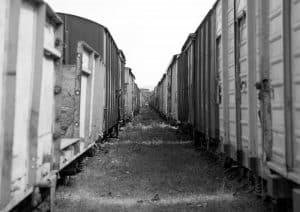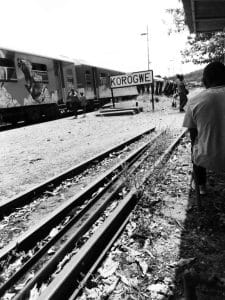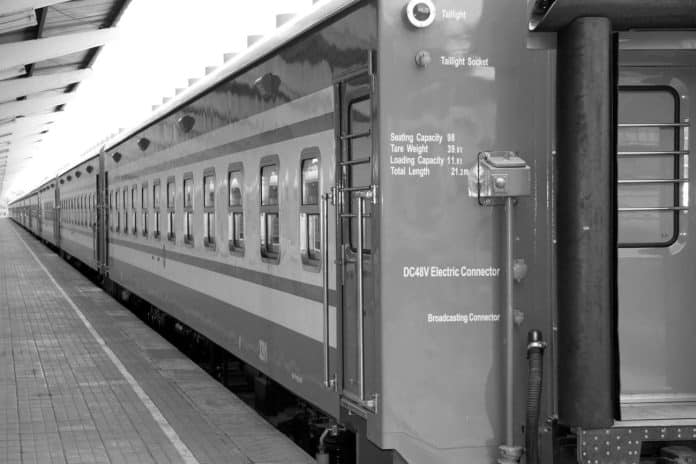Introduction to Korogwe and the Tanga Line
Situated in the Tanga Region, Korogwe is a strategic hub that has played a pivotal role in Tanzania’s transportation network for over a century. The town’s significance is intrinsically linked to the Tanga Line, a crucial component of the country’s northern rail system. This historic railway, constructed during the colonial era, has been the lifeblood of the region, facilitating the movement of goods, resources, and people.
As we delve into the heart of Korogwe, we’ll uncover the town’s rich history, its evolving role in the Tanga Line, and the vibrant communities that have thrived alongside this vital transportation artery. From the bustling markets to the serene natural landscapes, Korogwe offers a multifaceted experience that showcases the resilience and adaptability of this remarkable Tanzanian town.
Historical Significance of the Tanga Line
The Tanga Line’s origins can be traced back to the late 19th century, when the German colonial administration recognized the strategic importance of establishing a reliable transportation network in the region. Construction of the railway commenced in 1893, with the line eventually stretching from the coastal town of Tanga to the inland city of Moshi, passing through the heart of Korogwe.
The Tanga Line played a crucial role in the colonial economy, facilitating the export of agricultural products, minerals, and other resources from the interior to the coast. Korogwe, with its strategic location along the railway, became a hub for the collection and distribution of these valuable commodities. This historical legacy has left an indelible mark on the town, shaping its infrastructure, economy, and cultural identity.
The Role of Korogwe in the Development of the Northern Rail Line

As the Tanga Line expanded and evolved over the decades, Korogwe’s significance only grew. The town became a vital junction, where the northern and central rail networks converged, allowing for the seamless transportation of goods and passengers across Tanzania. The town’s railway station, with its imposing colonial-era architecture, stands as a testament to Korogwe’s pivotal role in the country’s transportation history.
Beyond its role as a transportation hub, Korogwe also emerged as a center of economic activity, with thriving industries and commercial enterprises taking root along the railway. The town’s strategic location, coupled with its well-developed infrastructure, made it an attractive destination for investors and entrepreneurs, further solidifying its position as a key player in the region’s economic landscape.
Infrastructure and Facilities in Korogwe
Korogwe’s importance as a transportation hub is evident in its well-developed infrastructure. The town boasts a modern railway station, complete with platforms, ticket offices, and waiting areas, all designed to accommodate the steady flow of passengers and cargo. The station’s architectural features, a blend of colonial and contemporary styles, add to the town’s unique character.
Beyond the railway, Korogwe also features a network of well-maintained roads, connecting it to the surrounding regions and major cities. The town’s bus terminal serves as a hub for local and long-distance transportation, providing easy access to destinations throughout Tanzania.
In addition to its transportation infrastructure, Korogwe also offers a range of essential facilities and services to its residents and visitors. The town is home to various government offices, healthcare facilities, educational institutions, and commercial centers, ensuring that the needs of the local community are met.
Economic Impact of the Tanga Line on Korogwe

The Tanga Line has been the lifeblood of Korogwe’s economy for generations. The railway has facilitated the movement of agricultural products, minerals, and other goods, making the town a hub for trade and commerce. Numerous industries, from food processing to textiles, have established themselves in Korogwe, taking advantage of the town’s strategic location and well-developed transportation infrastructure.
The economic impact of the Tanga Line extends beyond the town’s borders, as Korogwe serves as a vital link in the regional and national supply chains. The town’s role as a collection and distribution center has created numerous employment opportunities, from railway workers to merchants and service providers.
Moreover, the Tanga Line has also enabled the growth of tourism in the region, as the railway provides easy access to the natural wonders and cultural attractions that surround Korogwe. This has further diversified the town’s economy, with the hospitality and tourism sectors becoming increasingly important contributors.
Cultural Attractions in Korogwe
While Korogwe’s significance is largely defined by its transportation and economic importance, the town also boasts a rich cultural heritage that is worth exploring. One of the town’s most iconic landmarks is the Korogwe Museum, which offers visitors a glimpse into the region’s history and the role of the Tanga Line in shaping local communities.
The museum’s exhibits showcase the traditional crafts, artifacts, and cultural practices of the Pare and Shambaa people, the predominant ethnic groups in the area. Visitors can learn about the region’s indigenous agricultural practices, the significance of the railway in daily life, and the vibrant traditions that have endured through the generations.
Beyond the museum, Korogwe is also home to several well-preserved colonial-era buildings, including the town’s historic train station and administrative offices. These architectural gems serve as a tangible link to the town’s past, providing a unique opportunity to immerse oneself in the cultural legacy of the Tanga Line.
Exploring the Natural Beauty around Korogwe
Korogwe’s appeal extends beyond its transportation and cultural significance, as the town is surrounded by a wealth of natural wonders. The Pare Mountains, a majestic range that flanks the town, offer a stunning backdrop and a haven for outdoor enthusiasts.
One of the must-visit destinations in the Pare Mountains is the Mkomazi National Park, a protected wilderness area that is home to a diverse array of wildlife, including the endangered black rhino and the charismatic African wild dog. Visitors can embark on guided safari tours or hike through the park’s lush forests and rugged landscapes, immersing themselves in the region’s remarkable natural heritage.
Another natural gem near Korogwe is the Sigi River, a serene waterway that flows through the town. The river’s banks are dotted with picturesque waterfalls and tranquil pools, making it an ideal spot for a leisurely stroll or a refreshing swim.
Transportation Options to and from Korogwe
Reaching Korogwe is a straightforward affair, thanks to the town’s well-developed transportation infrastructure. The Tanga Line, of course, remains the primary mode of travel, with regular train services connecting Korogwe to Tanga, Moshi, and other major cities in the region.
For those preferring road transportation, Korogwe is easily accessible via a network of well-maintained highways. Buses and private vehicles can easily navigate the routes, allowing visitors to explore the town and its surrounding attractions at their own pace.
Additionally, the town’s proximity to the Kilimanjaro International Airport, located just an hour’s drive away, makes it a convenient starting point for those embarking on a broader Tanzanian adventure.
Accommodation Options in Korogwe
Korogwe offers a diverse range of accommodation options to cater to the needs of visitors. From budget-friendly guesthouses to more upscale hotels, the town has something to suit every traveler’s preference and budget.
For those seeking a more immersive experience, Korogwe also features several eco-lodges and campsites nestled within the Pare Mountains, allowing visitors to connect with the region’s natural beauty and local communities.
Regardless of the accommodation choice, travelers can expect a warm welcome and a comfortable stay, with amenities and services tailored to ensure a memorable visit to Korogwe.
Conclusion: Why Korogwe is a Must-Visit Destination Along the Tanga Line
As we’ve explored, Korogwe is a town of remarkable significance, both in Tanzania’s transportation history and its contemporary economic and cultural landscape. The Tanga Line, with Korogwe at its heart, has been the driving force behind the town’s development, shaping its infrastructure, industries, and the very fabric of its community.
Whether you’re a history buff, a nature enthusiast, or simply someone seeking a unique cultural experience, Korogwe is a must-visit destination along the Tanga Line. Discover the town’s rich heritage, explore its natural wonders, and immerse yourself in the vibrant local community. Plan your journey to Korogwe today and unlock the vital link that has been the engine of Tanzania’s northern rail network for over a century.
For more articles related to Railway and train travel Tanzania, click here!

































